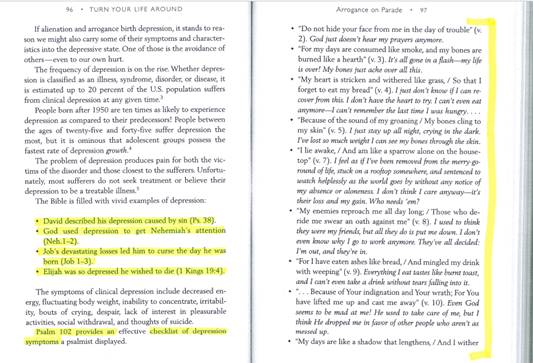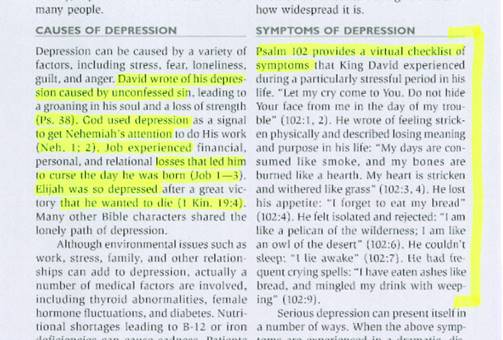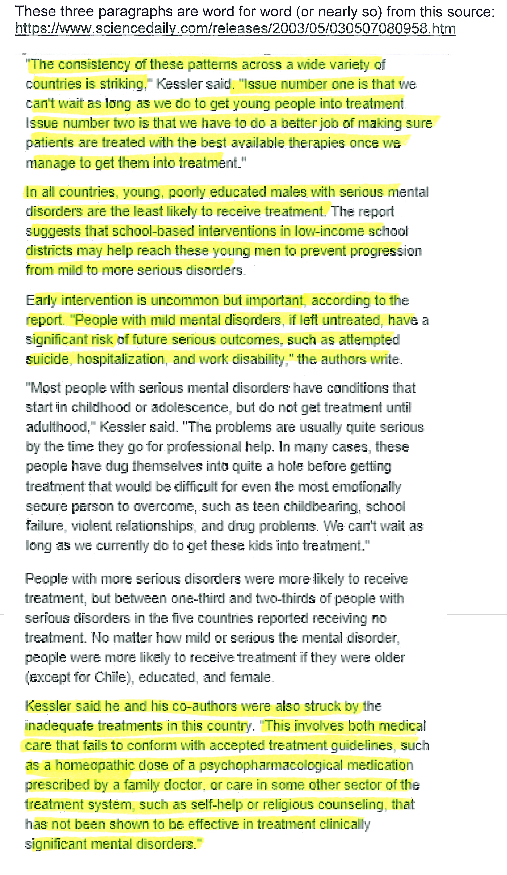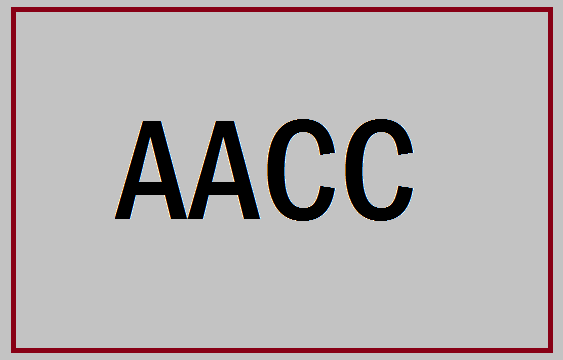Two weeks ago, Jimmy Queen spokesman for American Association of Christian Counselors owner Tim Clinton told the Christian Post that Clinton has a “zero tolerance for plagiarism.”
Queen had to make that declaration because Dr. Aaron New and I have found some plagiarism in his articles and books (e.g., here). I have documented much of it on this blog. Queen blamed AACC interns and former employees for the infractions. He told CP that careless interns and employees took material from the work of other people, put Tim Clinton’s name on it and they didn’t realize the extent of it until Dr. New and I brought it to light.
If that is so, then there is a very easy way to avoid plagiarism. According to the CP article, AACC purchased software to detect plagiarism in their “mountains of content.” I have an easier method. Just follow these pointers.
First, do your own work.
Yes, that’s right. Write your own articles and books and when you quote someone else or want to use their ideas, look up the source and cite their work. I know it seems crazy and very time consuming, but it works. If Tim Clinton wants his name on something, then he should write it all himself. Sure, interns can track down sources, but as we have learned, they make lots of mistakes. If your name is on the byline, you’re responsible.
But what if someone else writes some of the article or book? That leads to the next guideline:
Give credit where credit is due.
If an intern writes something, put that person’s name on it. The AACC code of ethics discourages ghostwriter. The AACC code of ethics also requires authors to give credit to people in relation to the work they did. If an employee researches a topic and writes it up, give the person credit. Your name doesn’t have to be on everything.
Doing these two things would take care of a multitude of problems.
While we are at it, here is a sample of Clinton taking material from an edited book and putting it in one of the books he authored himself. If he says this is because of interns or employees, then the authorship of his books is open to question.
First, here is a section from his 2006 book Turn Your Life Around.

This appears to have been taken from a 2001 article by Michael Lyles in the Soul Care Bible. See below:

Just one more.
I call this writing a book by press release.

The highlighted parts all came from a Harvard press release which was reproduced by Science Daily. See below:

Elsewhere in the book more of the press release shows up but I feel like this demonstrates the point. The footnotes in the book point to an article in the AMA’s Journal which doesn’t contain any of this material. I am willing to believe an intern or employee goofed up on this. However, if true, that adds strength to my recommendation that preventing plagiarism is mainly about doing your own work.
In addition, any writer who wants to keep to the straight and narrow will profit from this list of 28 guidelines.

Need a new post, Throck. Why not copy one from another blog somewhere. No one will know.
No one will care very much, that’s prob true.
That’s pathetic. One infraction like that would have resulted in a stern talking-to and a zero on the work in question by any one of my college professors. Two would have gotten me kicked out of school. Do people get a pass in the real world, even after they’re caught?
These people don’t care. Tim Clinton is a grifter, and knows all the tricks in the book when it comes to deflecting blame when they’re caught. It’s never their fault.
It’s really rather mind-blowing that people actually need to be told to do their own work… and credit others when they contribute to that work!
Proof reading helps…. ***While we are at it. Here is a sample of Clinton taking material from an edited book and putting it one of the few books he authored himself. ***
Matt 23:24
Woah, Trump-free post. You CAN do it!
Well, it was, until you brought it up.